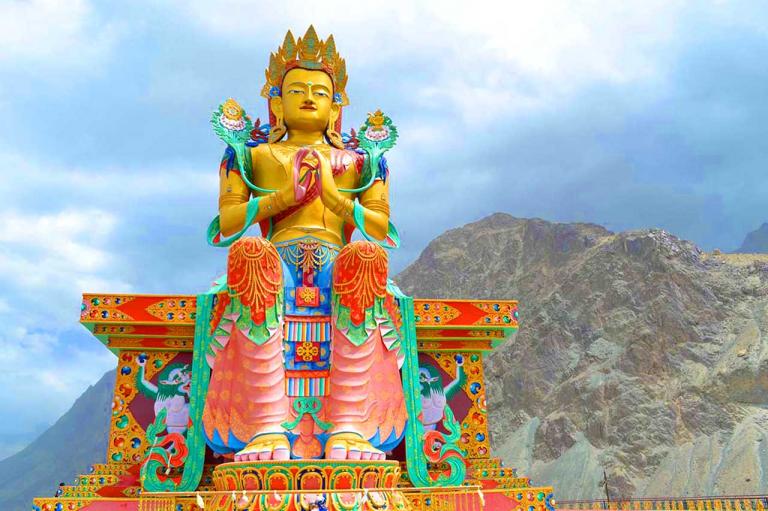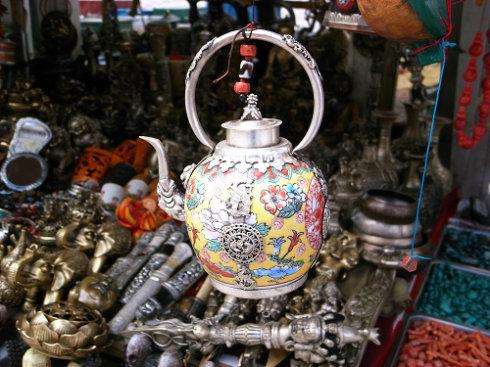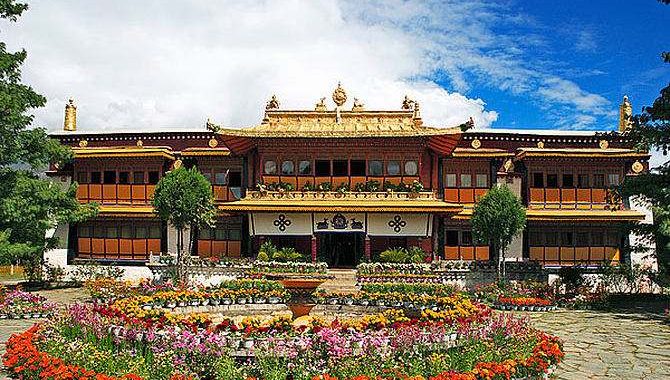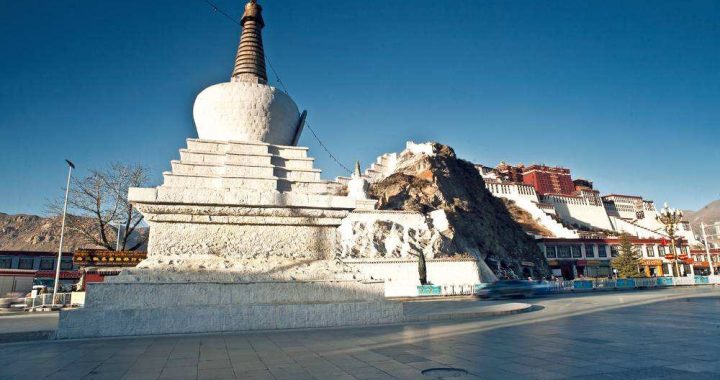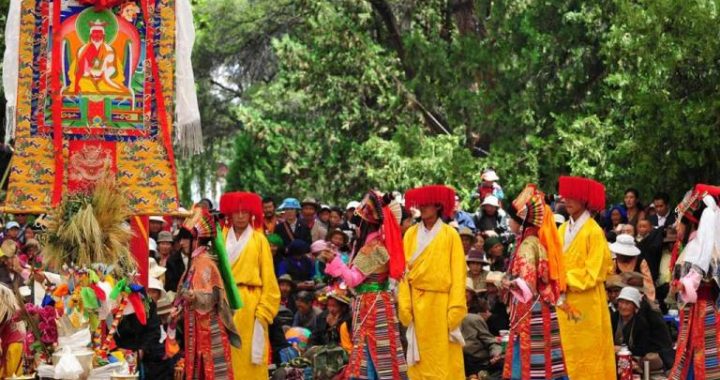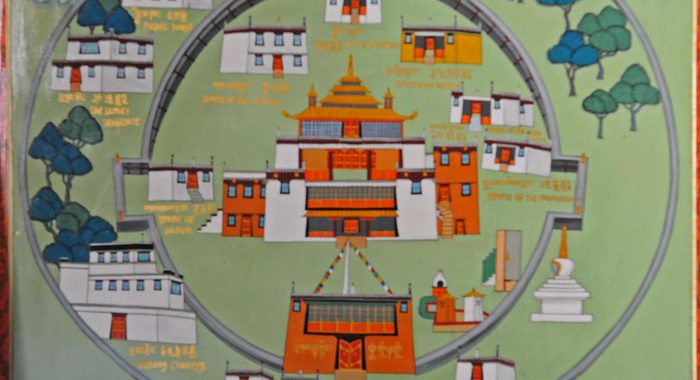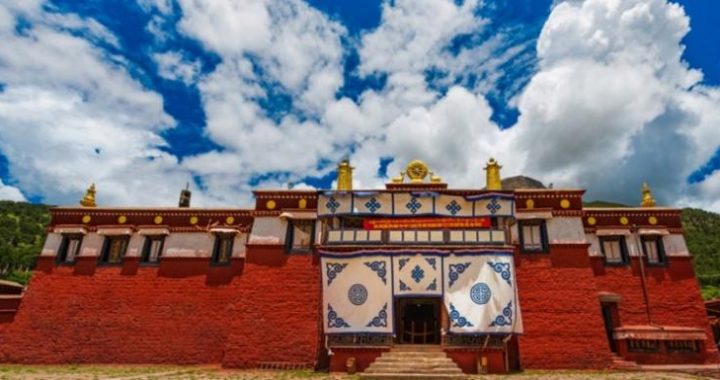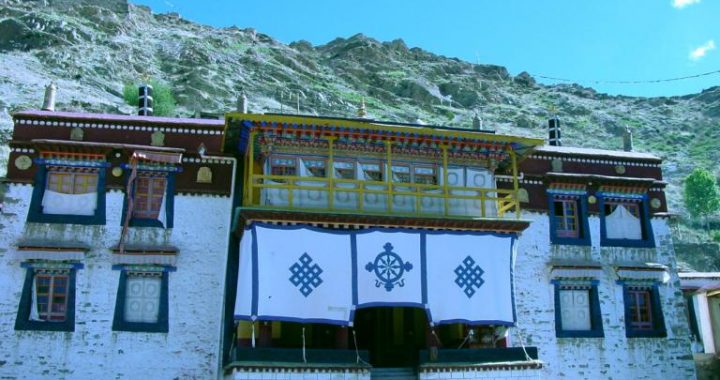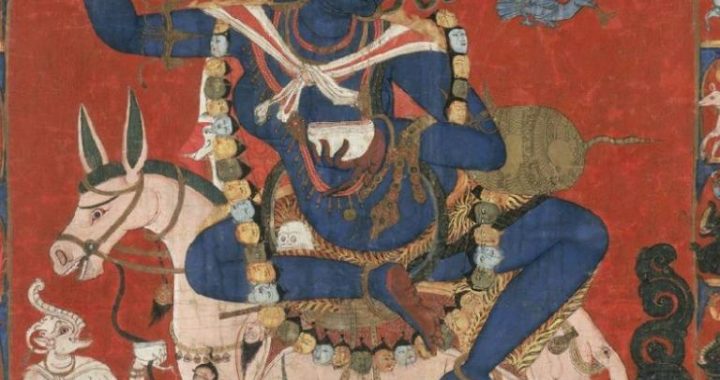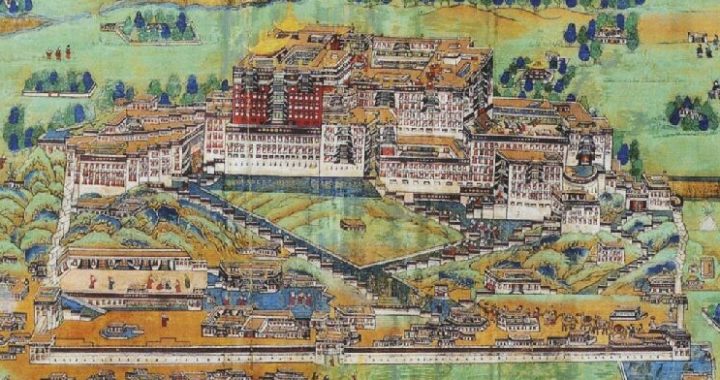The Comprehensive Monastery Converted from the Ancient Nyingma Sect Monastery
4 min readTrandruk Monastery, also named Chanzhub Monastery, is,, located at Trandruk village on the eastern bank of Yalong River and south of Naidong County in Shannan Prefecture of Tibet. As one of the first Buddhist temples built in the period of Songtsen Gampo, this monstery used to exclusively belong to the ancient Nyingma sect, but now it has been converted into a comprehensive monastery accommodatingGelug sect, Sakya sect, Nyingma sect and other sects of Tibetan Buddhism. Trandruk Monastery, together with Samye Monastery, Jokhang Temple and Palkor Chode Monastery, was accepted as the four comprehensive Patriarchal Monasteries without a fixed set of doctrines, and the four monasteries enjoy the same authority and prestige among all sects of Buddhism.
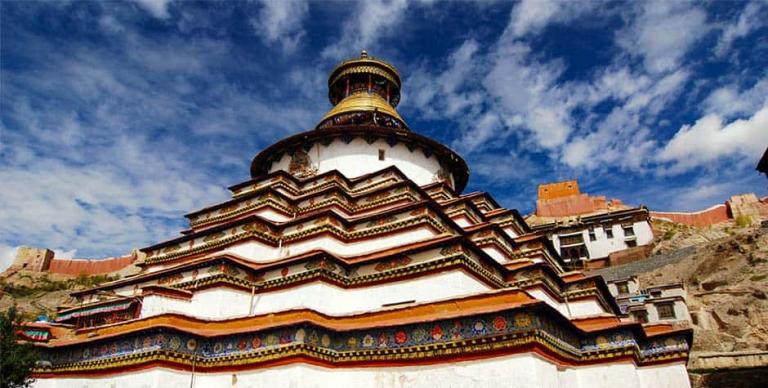
Now the grand sutra hall of Trandruk Monastery is under the charge of the Gelug sect, so each grand religious activity is held following the rituals of the Gelug sect. Nyingma sect also owns renowned Buddhist Chapels including the pearl hall and so on, where the routine rituals of Nyingma sect are held. As for the Sakya sect, though there is not a Buddhist Chapel exclusively belonging to it in the Trandruk Monastery, but Sakya sect ‘s rituals can be held in any Buddhist chapel or even the grand sutra hal1. In a word, the present Trandruk Monastery is an all-inclusivemonastery, giving priority to Gelug sect, Nyingma sect the next place, and Sakya sect as well as other Buddhist sects the following. There are opinions about Trandruk Monastery that it is belongd to Gelug sect while the followers of Nyingma sect consider it belongs to their sect.
Trandruk Monastery’s earliest construction is that opposite to the Mother monastery, the small hal1 Neding Lhakang composed of Nedingxoi on the first floor and Nedingdang on the top floor. The Nedingxoi covering around 75 square meters has six pillars and Yidam of Songtsen Gampo enshrined inside while the Nedingdang measuring 10.2 meters west to east and 7.3 meters north to south has the Yidam of Padmasambhava. In the very beginning Trandruk Monastery was quite small as it hadonly six rooms and six pillars plus Patriarchal Lhakang; and it is said that thismonastery was built of red willow branch at that time; its present stone-and-wood structures took shape in the three great-scale renovations and expansions: the first renovation and expansion in the middle of the 14th century was presided over by Nedong Gunma Situ Bodhi Dhvaja, which resulted in the addition of many Buddhist chapels and the formation of the initial layout of Trandruk Monastery; the second renovation and expansion in the period of the fifth Dalai resulted in the addition of the gold roof, the portico in front of the Tsog-chen Hall and Sangnga Phobrang with other structures; the third renovation made by the seventh Dalai has expanded Trandruk Monastery such that it covers more than 4,660 square meters and includes 21 Lhakangs and sutra-revulving cloisters with splendid gold roofs. This complex is impressive indeed.
Through numerous renovations and expansions, today’s Trandruk Monastery boasts a pleasant layout constituted by the front and the back sections: in the front section there is a small courtyard and in the back is the Tsog-chen Hall-centered Lhakang. Hung on the door to the small courtyard is a bronze bell with two rings of Tibetan inscriptions inside, which is a witness of the cultural and religious communications between the hinterland and Tibetan regions in the Tang dynasty. The small courtyard covering around 378 square meters is surrounded by a cloister; north of the courtyard is Sangnga Phobrang built after the 17th century which functioned as theliving quarters of Nyingma sect monks paying homage to Dalai Lama, then in 1938 the middle of the ground floor was converted into Esoteric Buddhism Lhakang.
The Lhakang is the main structure of Trandruk Monastery. In front of the big courtyard there is the towering porch the both ends of which link up with the sutrarevolving cloister outside the hall or the exterior sutra-revolving cloister. In the front of the big courtyard is the patio with its back connecting Tsog-chen Hall; around the patio and the first floor of Tsog-chen Hall is the interior sutrarevolving cloister or the middle sutra-chanting cloister. Around the middle sutrachanting cloister there are twelve Lhakangs which are linked with the Tsog-chen Hall through porticos. On the second floor of the Tsog-chen Hall is a passage surrounding the patio and the sunshade and there are quite some Buddhist chapels around the passage. In the south of the second floor is Protector Chapel and Kargyoi Lhakang for Esoteric Buddhism; in the east of the second floor is the Chutog Lhakang and Garkya Lhakang; in the west of the second floor is the Lhakang’s gate top while i the middle of this floor is the Dalai’s Palace-on-tour; in the north of the Palace is Jeyoi Lhakang, the residence of noblemen, housing a number of bronze ritual objects and tools.
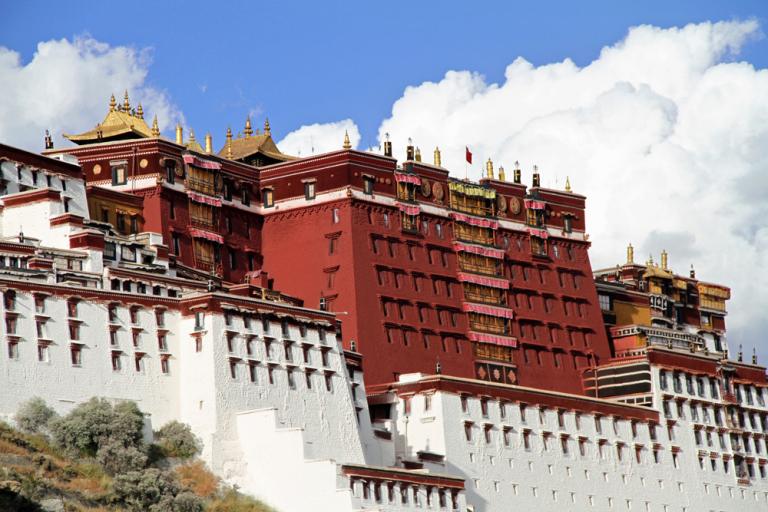
As a state key cultural relics’ protection unit, Trandruk Monastery not only boasts magnificent ancient architecture of distinct Tibetan characteristics, but also houses rare cultural relics such as the bronze cymbals dating back to Xuande Period of the Ming dynasty, the pearl Tangka and so on. The pearl Tangka is regarded as the most valuable treasure in Trandruk Monastery. Measuring 2 meters long and 1.2 meters wide, this Tangka involved the use of 26 taels of pearl(29,026 pearls),4.1 tales of coral(1,997 corals),15.5 grams of gold, one diamond, two rubies, one sapphire,0.55 tael of black gem-garnet,0.91 tael of turquoise stone in various colors such as red, yellow, green, black, white and so forth; in the backdrop of the Tangka is decorated with patterns of auspicious clouds, flowers, birds, petals; in a word, this Tangka is indeed a precious cultural relic. The above details not only bear witness to the marvelous achievements of Tibetan architecture, but also manifest the diligence and wisdom of Tibetan people as well as the cultural and religious evolution of Tibet.
